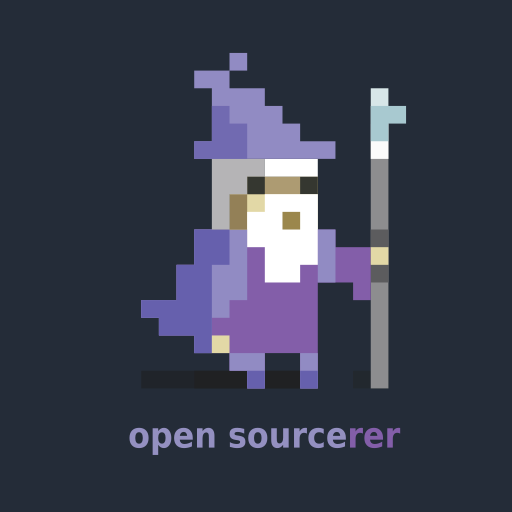Todd Howard agrees that it was a bit of a pain to get right, as he said in a recent interview with the Academy of Interactive Arts & Sciences. “[Space combat] was way harder than we thought … We see a lot of space games where you’re gonna have like, derelict ships or other things to fly around, just to get a sense of motion, so the smallest thing like ‘what does the dust in space look like?’ so you feel like you’re moving and it’s not too much, not too little.”
…
For Bethesda, the snags started happening when it came to designing enemy AI: “It’s very easy … to make the enemies really really smart, forever we were just jousting [with them]. It turns out you have to make the AI really stupid. You have to have them fly, then they need to turn, basically like ‘hey player, why don’t you just shoot me for a while?’ … [once we’d] settled on our pace, and how the enemies are gonna move, that’s where it came together.”
I’d argue that’s the case in most games. The AI in Assassin’s Creed games is usually borderline brain dead, because if it wasn’t even a small guard patrol would have a decent shot at taking out the player.
On the one hand I would love to see a game with realistic opponents. Take away the perfect and instant aim and knowledge of the entire map and make them communicate and behave tactically instead.
On the other hand a game is supposed to be fun and that also tends to include a bit of power fantasy. I don’t think getting wiped repeatedly sounds particularly fun.Tbh that just sounds like the issue is not difficulty balancing but rather the overall gameplay design. If they can’t make a proper 6dof space shooter then maybe they shouldn’t have done it like that at all, and should have invested those resources elsewhere or on a different approach.
Having read this now about spaceships, and the other article about planetary exploration difficulty, just makes me wonder if anyone there even had any concrete vision for the game at all, or they really just had to compromise on every single part of it just to ship it? Cuz it definitely feels like a bland game deigned by a board and assembled from pieces of a dozen different studios that weren’t allowed to communicate for a decade.
Elite: Dangerous is a 6DOF “simcade” and the higher level AI ships have almost no restrictions as to how they can fly (low level ones can be quite clumsy and clueless). They can pull off shots with railguns and fixed lasers a human player never can. A wing of 3 or 4 of these can absolutely shred an unprepared player—just go into a medium/high intensity conflict zone in a lightly engineered ship and face off the opforce spec ops team solo. The only reason why the high level NPC-s can be defeated more easily than experienced players is that they have non- or lightly modified weapons, hulls and shields (meaning less speed, DPS and “health” than player ships) and they don’t use the really advanced flying techniques players have figured out and learned to use.
Different rules and restrictions for AI in a space combat game are necessary for the meatbags to be able to compete. The computer can maneuver perfectly, have perfect power management, have perfect SA, never messes up input timing, never misses a hitscan shot, is not affected by joystick deadzones, jitter and drift.
This isn’t new by game AI standards though.
The godlike AI in unreal tournament did all of that twenty years ago.
Well, you always have to make AI actively stupid. It’s running as part of the game engine, so it’s omniscient by default. You have to write extra code to reduce the amount of information it receives, for example it should only know your position, if there’s line of sight.
This is totally believable and probably the correct move.
The combat is rather easy, unless you’re getting teamed up on by 10+ ships. Then you die pretty quickly unless you can outrun them.
I hate space dust, if my speed indicator says I’m moving I believe it. There are mods/ini settings to reduce it, and the space fog.
Get past stage 5 in the vanguard combat sim and you can see remnants of why.





